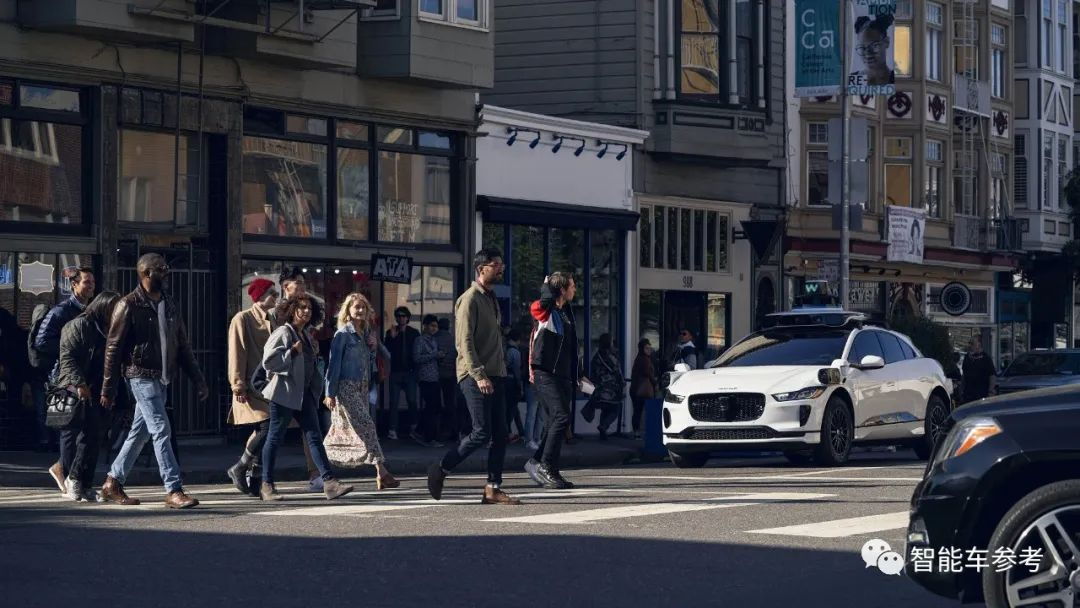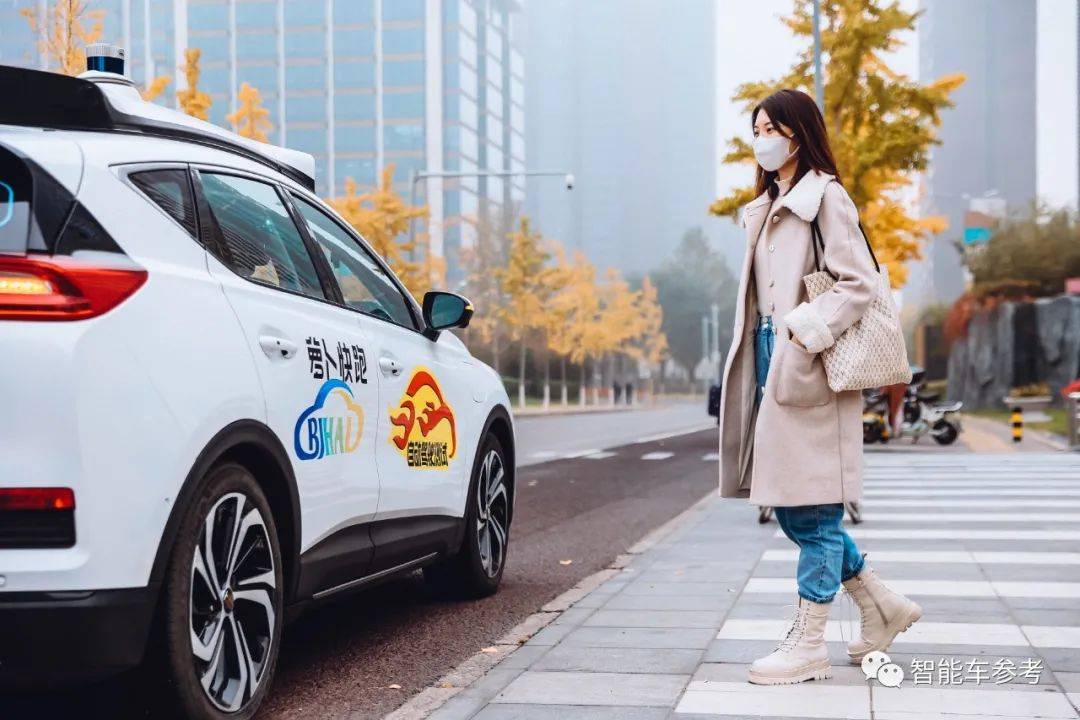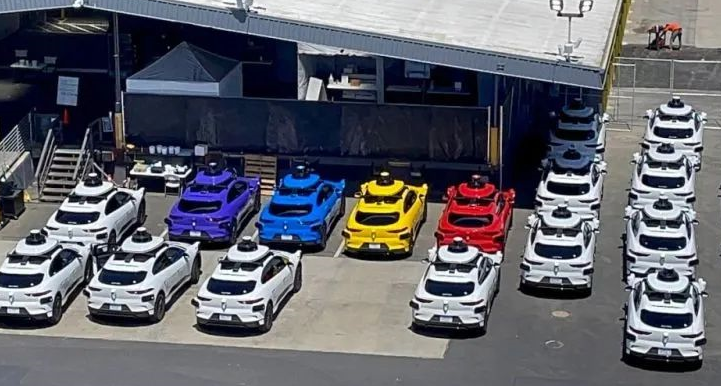Deng Simiao from the copilot temple.
Reference to smart car | Official account AI4Auto
A milestone progress of Waymo, one of the latest trends in global autonomous driving, has emerged.
RoboTaxi, Pay-per-use operation.
The latest news is that Waymo, a self-driving car company under Google, will soon launch RoboTaxi in downtown San Francisco, offering fee-based services.
This is also a landmark move towards commercialization after years of exploration in autonomous driving.

Has Waymo come to the end of its tether?
As a globally recognized pioneer and technology leader in autonomous driving, every move made by Waymo receives high attention.
Waymo’s commercial trial began in November 2017. At that time, the company announced that it would test autonomous driving cars without a safety driver on the driver’s seat and carry passengers to a limited extent in Phoenix.
At the end of 2018, Waymo One, the first autonomous driving rental service, was launched, marking the official launch of RoboTaxi.

Since November 2020, the California Public Utilities Commission (CPUC) has approved two new regulations, allowing major autonomous driving car operators to launch their own robot taxis.
Autonomous driving rental services have officially received commercial landing permits in California. However, the condition is that they must be equipped with safety personnel.
It is well known that California has a series of regulations for autonomous driving car operators, which require companies to obtain permits for different types of tests, disclose the number of vehicle collisions, driving mileage, and the frequency of human safety drivers taking over the car.

The California Department of Motor Vehicles (DMV) is responsible for supervising the testing standards of unmanned vehicles, while the California Public Utilities Commission is responsible for deciding which company can start commercial operations.
Currently, Waymo has tested more than 100 cars in downtown San Francisco and around Mountain View. According to the 2021 report on autonomous driving published by the California DMV, in terms of the distance traveled by the vehicles, Waymo ranked first among many companies authorized to participate in vehicle testing, far surpassing the second-ranked Cruise, reaching 3.7 million kilometers in 2021, a significant increase compared to 1.01 million kilometers in 2020 and even more than 2.33 million kilometers in 2019 before the pandemic.But in terms of disengagement rate (MPI), Waymo ranks eighth and lags behind Cruise by a large margin, with a relatively low MPI mileage and more manual disengagement.

Since August last year, Waymo has launched a program in San Francisco, California, inviting “trusted testers” to experience the Waymo One ride-hailing service for free. Anyone can sign up to participate, but must sign a confidentiality agreement before the experience.
According to data published by the California Public Utilities Commission, Waymo has provided ride-hailing services to 1,503 passengers from November last year to January this year.
Overall, before the official launch of paid RoboTaxi services today, Waymo has prepared for many years – both technically and operationally.
Even in the landing test phase, Waymo has been exposed to a lot of public opinion.
For example, in the initial landing test of Waymo in San Francisco, Waymo’s cars always drove into dead ends, and last December, Waymo’s driverless car collided with a pedestrian – although it was later claimed not to have been in autonomous driving mode.
However, in any case, Waymo’s journey towards autonomous driving and commercialization has not been smooth sailing.

China is Leading in RoboTaxi Commercialization
The commercialization of RoboTaxi is shining in the east of the world even if it is not in the west.
In China, at the end of November last year, Beijing officially launched a commercial trial of autonomous driving transport services, granting licenses to certified companies with advanced technology levels and strengths to operate the RoboTaxi service for a fee.
Baidu Apollo and Pony.ai, with their rich experience in autonomous driving technology and safe and standard management methods, were the first to obtain this license.

Since November last year, citizens in the ODD area of Yizhuang in Beijing can hail a self-driving taxi from over 700 stations.
With the opening of RoboTaxi charging, from technology, product experience to enterprise management level, it will receive a new round of testing in the market competition.
Waymo’s RoboTaxi commercialization and fees are indeed a milestone and benchmark.But this progress is no longer “news” in China. Besides, what about the road conditions in the United States and China? Right?
— End of document —
This article is a translation by ChatGPT of a Chinese report from 42HOW. If you have any questions about it, please email bd@42how.com.
